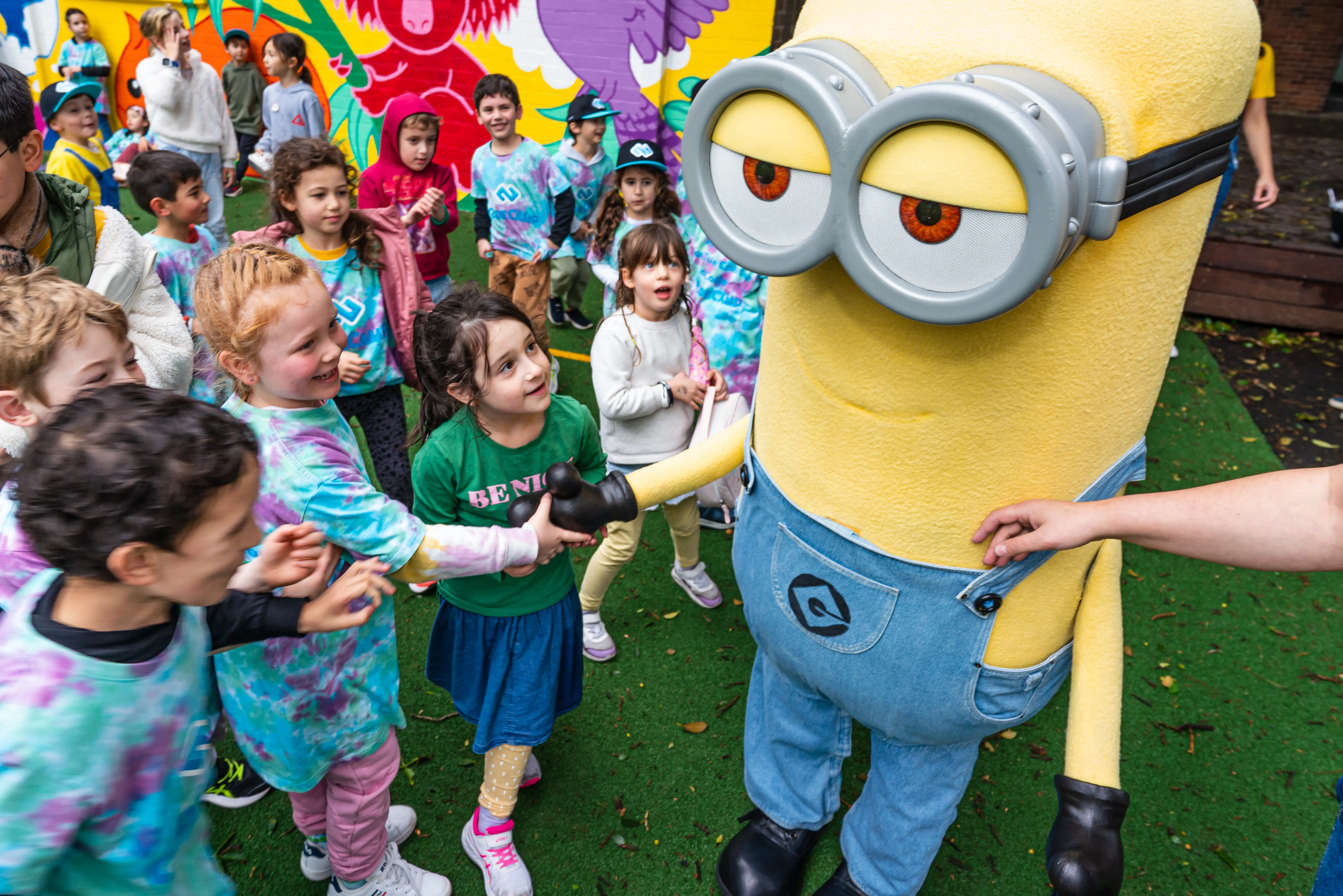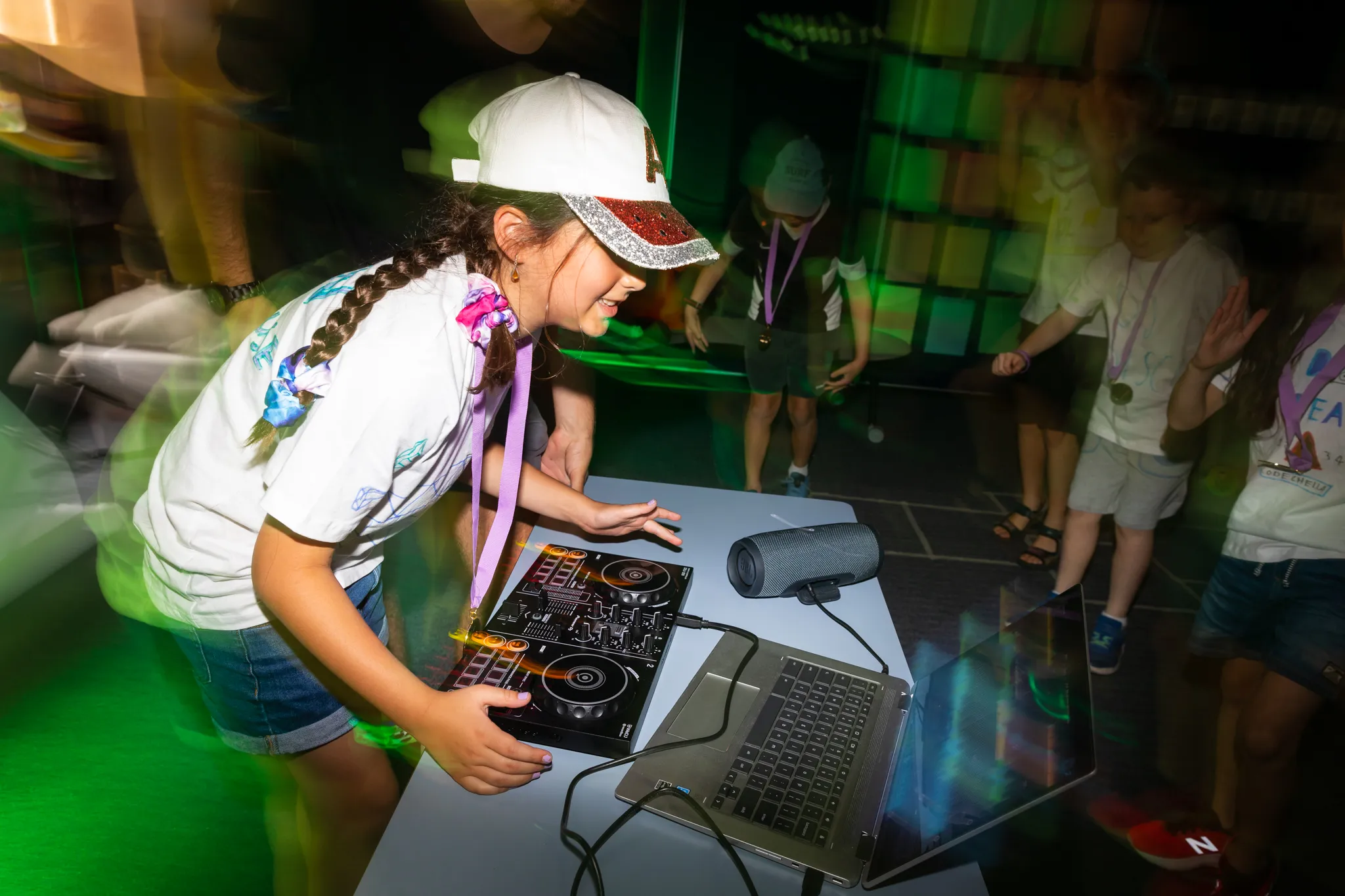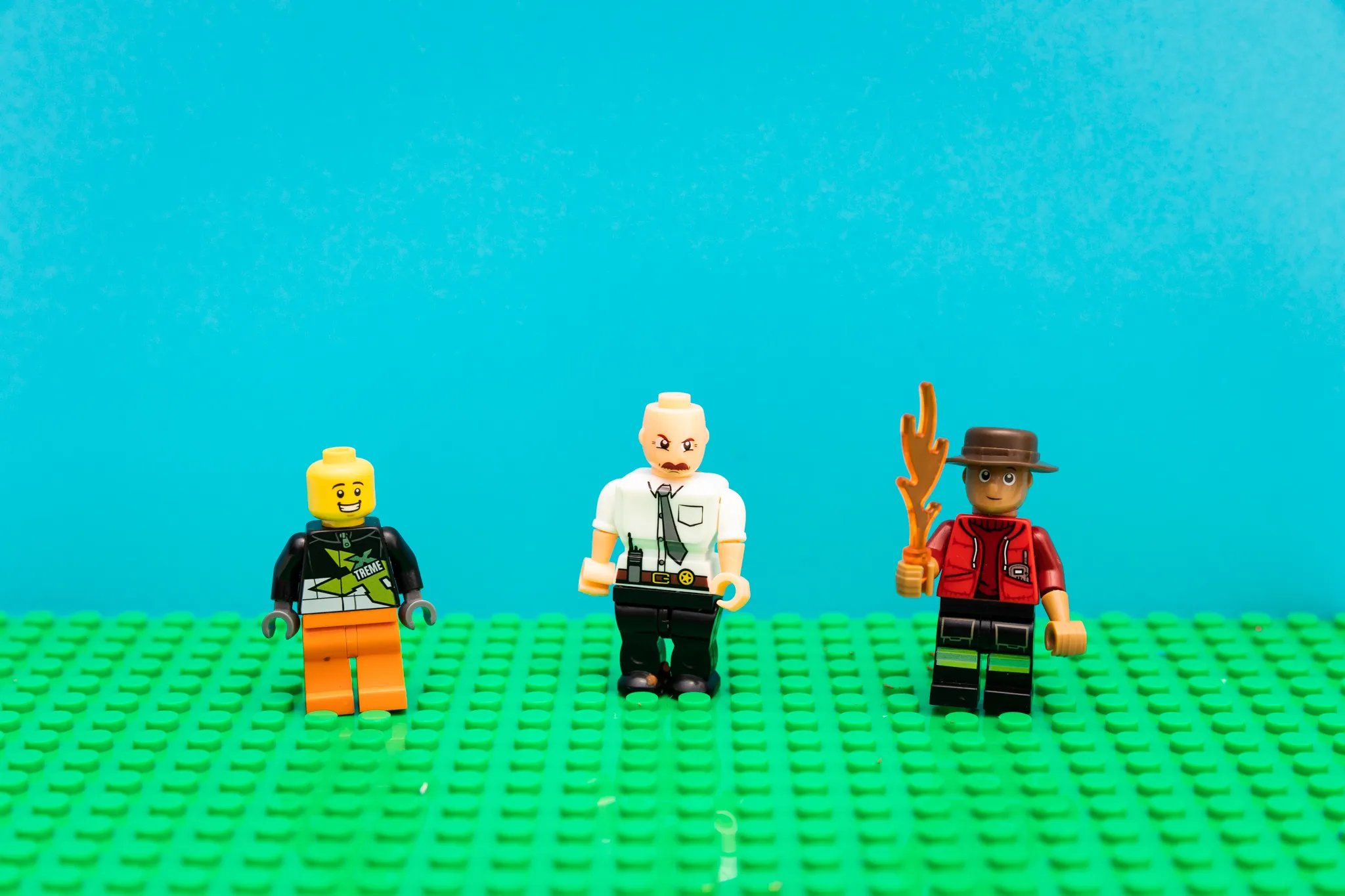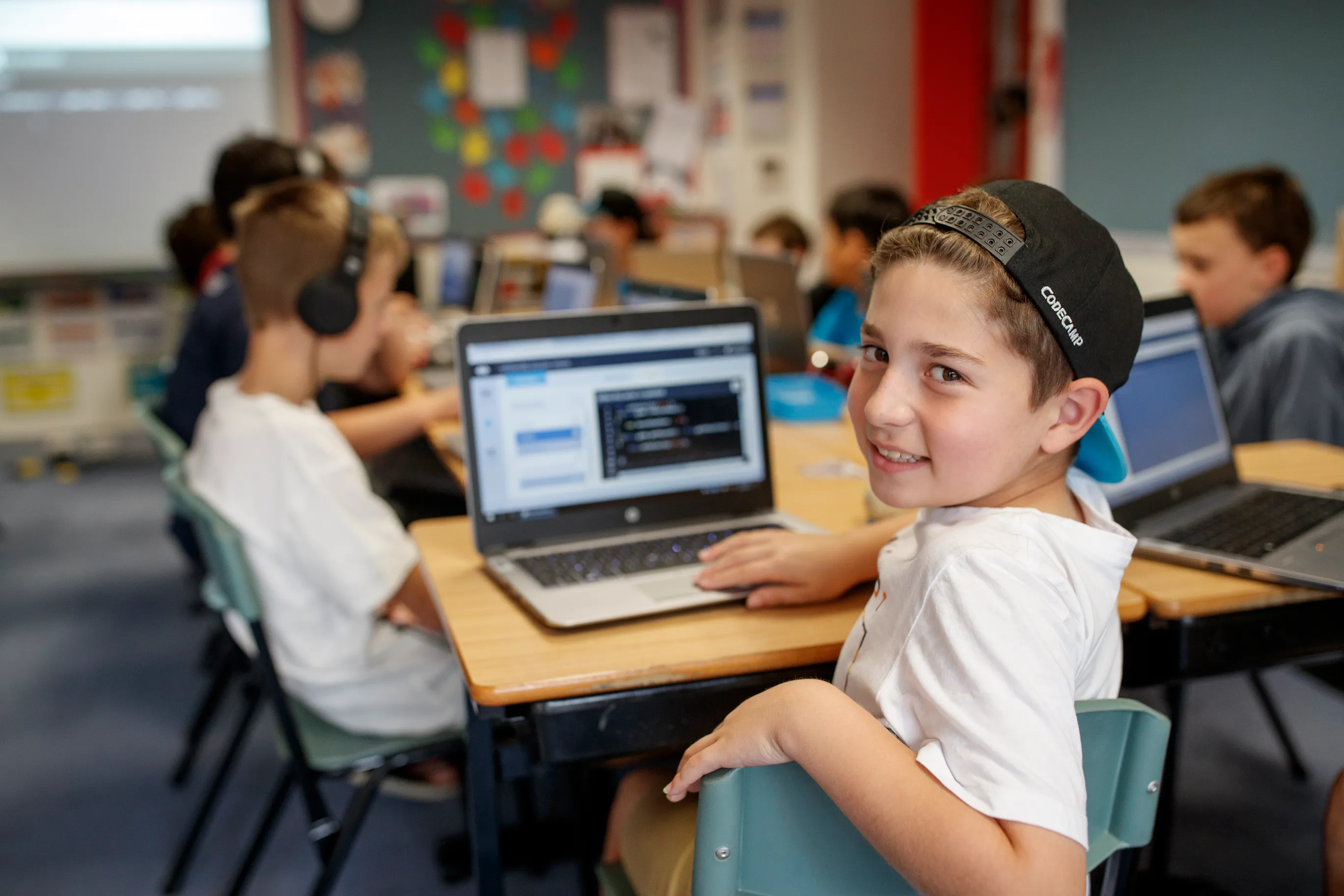
10 Best Toys to Teach Programming to Kids
Programming toys for kids are a great way to supplement apps and computer programs when you want your child to learn to code.
Using toys to teach kids coding can be affordable and a lot of fun!
5 Benefits of Programming Toys for Kids
Toys are a great way to teach your kid programming. You find anything from an old-fashioned board game made from cardboard and plastic to a high-tech robot your child can program. While it may seem counterintuitive to use a non-technical toy such as a board game to teach programming, these toys can be quite helpful even without technology.
Here are just a few of the benefits:
1. Programming Toys Can Be Affordable
Some of the best programming apps for kids are quite expensive and require monthly or yearly subscriptions. A board game (that can cost on average $19.99) is a one-time purchase.
2. Programming Toys Give Your Kids a Screen Break
Of course, programming will ultimately be done with a computer or other electronic device. But, while learning, it’s not a bad idea to swap out all the screen time for some board game time.
3. Many Programming Toys Don’t Require Electricity
Many programming board games don’t need to be plugged in. Even other toys, such as robots, may run on batteries. This means they can be played outside while you are camping, or when the electricity goes out during a thunderstorm.
4. Programming Toys Encourage Human Interaction
Instead of being tethered to a smartphone or iPad, a kid playing a board game can play with friends and cultivate meaningful human relationships.
5. Programming Toys are Different
Kids can get bored with things quite easily. Using a toy instead of an app might pique their interest after they’ve gone through all the levels of their computer programming game.
Try These 10 Toys That Teach Programming
Your kid will have hours of fun while learning a very useful skill with these engaging and educational games:
1. Code Master Programming Logic Game
challenges your kid to search for power crystals in an “exotic world.” Along the way, they learn basic programming concepts.
This game gets rave reviews from parents for its ability to captivate children with its many challenges. While it is designed for one player, it can be played as a group as well. The “manufacturer recommended age” is 3 years and up, but it is probably more suitable for children 6-10 years old. (Although, some parents say they also enjoy playing it!)
2. Gravity Maze Falling Marble Logic Maze Game
isn’t marketed as a programming game specifically, but as a logic game, it will help your kids develop the type of thinking skills required to code. It has won a ton of awards, and kids and parents alike love it. The purpose of the game is to develop a path for the marble to fall by setting up towers in strategic locations.
Designed for children 8 years and up, this is another one-player game that can be played with a group.
3. Coder Bunnyz
is advertised as “The Most Comprehensive STEM Coding Game.” It is targeted to teach programming to kids from “4-104.” Using code cards, you guide a bunny (or bunnyz) through a maze. The concepts taught in the game include strategic thinking, problem solving, debugging, algorithm writing, loops, and sequencing.
This game was designed by a 9-year-old girl named Samaira and has been featured in many media outlets, including NBC. She has traveled around the country to teach the game to other children.
4. Code & Go Robot Mouse Activity Set
is not the cheapest board game around, but it is well worth it. The game includes a programmable robot mouse that lights up and makes noise as it zips around the maze. The game can be expanded for additional players by purchasing an additional separate robot mouse named Jack.
The Code & Go Robot Mouse activity set won the ASTRA Best Toys for Kids 2016 - Learning Play Category.
5. OSOYOO Raspberry Pi 3 Starter Kit
is a great option for older or more mature kids who enjoy tinkering with electronics. The Raspberry Pi is a small mini-computer that can be easily customized, and it’s a great tool to learn programming.
This starter kit includes a number of sample projects, including “Using Raspberry Pi to drive motion sensor and turn on LED,” “Use Raspberry Pi and A/D converter to make a MP3 music player,” and “Using Raspberry Pi to control buzzer with push button.”
6. Ultimate Kit 2.0 from Let's Start Coding
from Let's Start Coding is not the cheapest toy at $114.99, but this amazing interactive set helps you to build working prototypes with more than 90 projects, including an LED flashlight and a “Simon Says” style memory game.
The kit includes an LED light strip, LCD screen, sensors, buttons, and a speaker.
7. Code Car: The Fastest Start with Typed Coding
is made by the same company that produces the Ultimate Kit 2.0. This hands-on mini kit includes a circuit board designed to look like a car. You can code the car’s headlights, speaker, and buttons.
You can also download free software from the company’s website, which works with Windows, Macintosh, and Chromebook computers.
8. Piper Computer Kit with Minecraft Raspberry Pi Edition
is probably one of the most expensive computer programming toys you will ever buy your kid at $299.99, but the parents who give this kit 5-star reviews say it is well worth it. This is a great game that incorporates physicality with the virtual world of Minecraft. You build the computer and use it to solve Minecraft puzzles. You can also set up physical buttons to “hack” the game.
One mother wrote in her review: “Talk about COOL! Our 10 year old can't stop saying 'I LOVE THIS.' And he does! He feels super encouraged about his abilities to build, code and learn - and it's great to see him perfecting his skills while having fun!”
This award-winning toy was a startup funded by Kickstarter.
9. Tenergy Odev Tomo 2-in-1 Transformable DIY STEM Education Programmable Robot Kit
is a highly rated vehicular robot kit that can be built into a tricycle or dicycle programmable robot. Designed for kids 8 years and older, the kit teaches graphical programming and robotics.
Kids can use either the ODEV Explorer app to control the robot, or they can use ODEV Blockly, a graphical programming app based on the popular Blockly software.
10. Bloxels Build Your Own Video Game
is a highly popular game that combines the physical fun of using blocks along with a free app that allows you to create games based on your block configurations. This award-winning game is the #1 Best Seller in Kids' Electronic System Accessories on Amazon.
The one downside of this game/app combo is that you have to take a picture of the block design to import into the app. Many users have reported that the app is very sensitive to the lighting in the room where the picture is taken. People who have had the best results make sure they set up the blocks in a well-lit area.
Teach Your Kids to Code with Programming Toys for Kids
Your kids can learn the concepts and strategy of coding through various toys and board games. They don’t even need a computer, tablet, or smartphone! By learning the basics of programming, children can be prepared for school and future careers in STEM. The best thing is they will be having so much fun, they won’t even realize they are learning in the process!
Your Ultimate school holidays activity list

1. Get creative with Minions
What is it?
Kids go bananas for Minions (pun intended) and these school holidays they can express their fandom making a Minions movie using stop-motion animation techniques. Over 2 days, kids create their own Minions clay characters and design their own film set. The magic begins when they see their characters come to life by taking multiple images of objects and stitching them together to look like they’re moving! - It’s incredibly fun!
Why go?
If they watch their favourite animated movies on repeat, they’ll love creating Minions clay figurines and developing their own story, taking lots of still frames and stitching them together to create their very first movie!
Ages: 5-7

2. Become a DJ
What is it?
Children will take their first steps into the exciting world of mixing music to create their own DJ set.
Why go?
Kids will love mixing their favourite pop tunes using beat matching and transitions on real DJ decks. Plus, they will design their own DJ brand, develop branded merch, and even perform a DJ set to their friends!
Ages: 8-13

3. Pilot a drone
What is it?
Kids learn to pilot a drone using coding to design a flight path and watch in wonder as the drone takes flight!
Why go?
If your kid shows an interest in drones, they can learn more than just the basics of flying. Kids get a taste of cutting-edge technology and learn about coding, problem-solving, engineering, design, and more. They’ll learn about drone tech and safety, movie making, and discover how drones have a positive social impact when used to fight bushfires, rescue koalas, spot sharks on the coast and loads more!
Ages: 9-13

4. Become a YouTuber
What is it?
While they may not end up with YouTube stardom, we’re sure kids will have a new lens on screen time. They will be equipped with the skills to start producing and directing their own ideas instead of simply watching other people's! Plus, they’ll gain confidence ‘performing’ in front of audiences and on set and importantly, learn about staying safe online.
Why go?
Taking a YouTube fixation and turning it into something incredibly productive where kids will learn planning, storytelling, filming and video editing to become the star in their very own YouTube-style videos.
Ages: 8-13

5. Produce a LEGO movie
What is it?
Turn hours of playing with LEGO characters into an even more creative pursuit, by teaching kids to create their own LEGO Movie.
Why go?
They can use their favourite LEGO characters and sets, come up with a fun storyline and use stop-motion techniques to produce a short animation film. It will transform the way they play at home and offer endless hours of creativity for the rest of the holidays.
Ages: 7-12

6. Code a game
What is it?
Kids can design their own arcade-style video games (like Super Mario Bros), jam-packed with cool characters like zombies and unicorns, and awesome gaming features such as invisibility cloaks and shrinking potions. They’ll learn drag and drop code and logic to connect all the design elements together and bring their games to life!
Why go?
Kids are spending countless hours on Roblox and Minecraft these days. Get them to spark their creative side instead, by producing their own original games, using a combination of creative level design, storytelling and problem-solving to bring their creations to life. It’s so much fun, they won’t realise they are actually learning some very important coding and tech skills for their future.
Ages: 7-12

7. Develop a Website
What is it?
For kids with some proficiency in coding, they’ll create their own website from scratch about an animal, movie, sporting team or their favourite topic.
Why go?
With 1.93 billion websites on the world wide web, developers are in higher demand than ever before. It’s a great head start to gain fundamental web building skills and your kids will have so much fun in the process.

